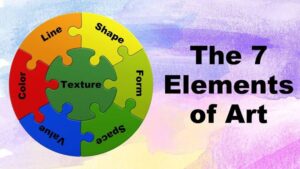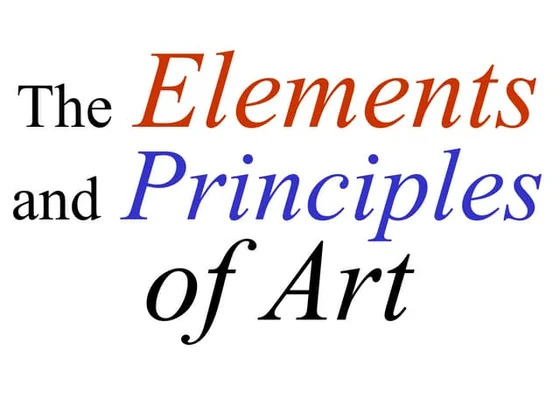Elements And Principal of Arts
INTRODUCTION
What is art ?
The word art is used to refer to many thing including a study of creative skill.the expression or application of human creative skill and imagination, typically in a visual form such as painting or sculpture, producing works to be appreciated primarily for their beauty or emotional power.
ELEMENTS OF ART
LINE: It is a symbolic mark denoting movement and force metered by our eyes. Line is the movement of Dots. . . . . . . . ………….
FORM: It is an area of any size having its own three dimensional shape and color. They can be symmetrical or asymmetrical. It could be natural or man made.
COLOUR: It is the property of light.
TONE: It denotes lightness and darkness of a colour.
TEXTURE: It is the character of the surface. It is surface quality or feel of an object like roughness, smoothness and softness.
SPACE: It is a two dimensional surface where artist works.
PRINCIPLES OF ART
The principles of visual art are the rules, tools and guidelines that artist use to organize the elements of art in an artwork.
Some principles of art that have been identified are:
EMPHASIS– In a composition it refers to developing point of interest to pull the viewer’s eye to the important parts of the art work. Emphasis is where the artist makes a certain part of an art work stand art.
BALANCE –Balance is arranging elements so that no one part of a work overpowers,or seems heavier than any other part. It is also a principle deals with the visual weight of an art work. It is a sense of stability in the body of work.
HARMONY – Harmony gives an uncomplicated look to the art work. Color harmony also plays an important role as one of the principle.Harmony is the feeling of unity between all parts of art work which create a sense of completeness .
PROPORTION– Proportion or scale means harmonious division in the composition and the measurement of the form drawn.
EXPRESSION- The expression of sentiments has been taken as one of the most important element in the painting. E.g. Ajanta paintings became world famous because of the beauty of expression.
AESTHETIC SCHEME – is to add beauty and grace to the painting. If proportion is like a teacher who is setting right the child (painting) by force then aesthetic is like a mother who is affectionately trying to mould him according to her wishes in so many ways.
SIMILITUTE– It means resemblance or similarity in the form and idea.
COLOUR SCHEME– It means use of colour. There should be appropriate colour scheme to express the idea and atmosphere in the painting. Colours are the life of the painting and in the mixuire of colours intellect plays a major role. Light and shadow can be mastered through intelligent application of colour tones.
SPACE DIVISION – is equally important which is divided into three parts. Fore ground , middle ground and back ground. Main subject is drawn in the middle ground
Colors
TYPES OF COLORS
1)PRIMARY COLORS – Primary colors are those which cannot be obtained by two mixing and two colors .They are also known as natural colors. The primary colors are Blue, Red , and yellow
obtained by two mixing and two colors .They are also known as natural colors. The primary colors are Blue, Red , and yellow
2) SECONDARY COLORS – The colors obtained by mixing two primary colors is called a secondary colors.
like –Red +Blue = violet
Blue +yellow=Green
Red +yellow = orange
It means the secondary color are also three .They are violet, green, orange.
3) Tertiary colors –when we mix one primary and one secondary color we get a tertiary color.
Like – Violet+ blue = Indigo
Orange +Red =Saffon
yellow +Orange = Golden yellow or deep yellow
Analogous color –These are the color of one category or we can say some type of the color such as yellow, orange, lemon yellow, orange, yellow cadmium yellow, Naple yellow, ochre etc.
some type of the color such as yellow, orange, lemon yellow, orange, yellow cadmium yellow, Naple yellow, ochre etc.
Complimentary or opposite color:
The secondary color obtained by mixing two primary color is opposite or complimentary to third
Example :Blue +yellow =Green which is opposite to red

